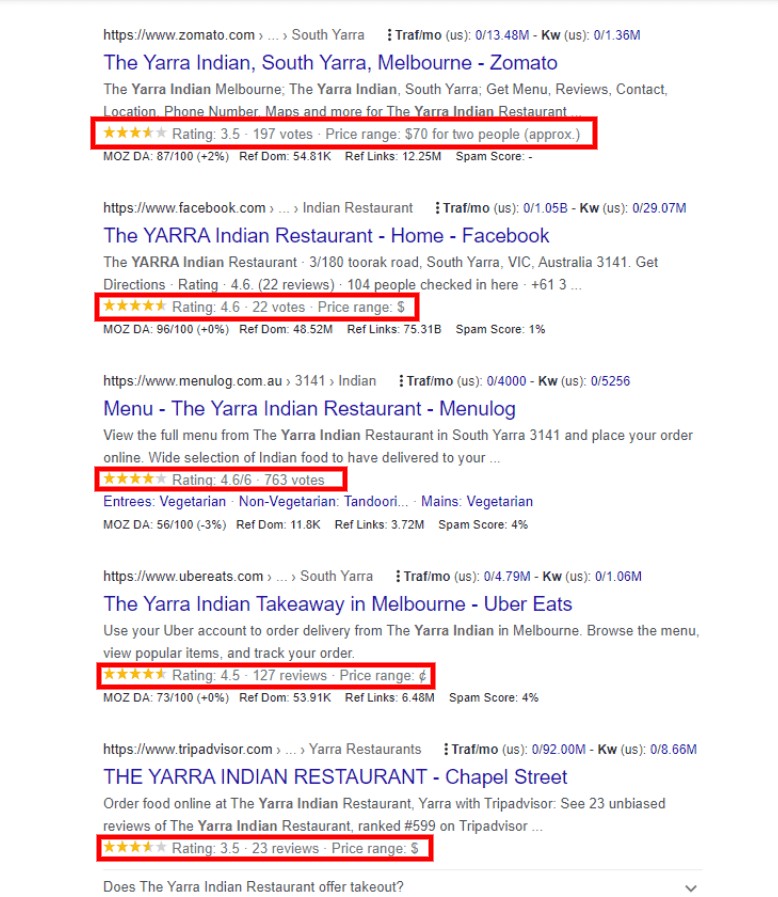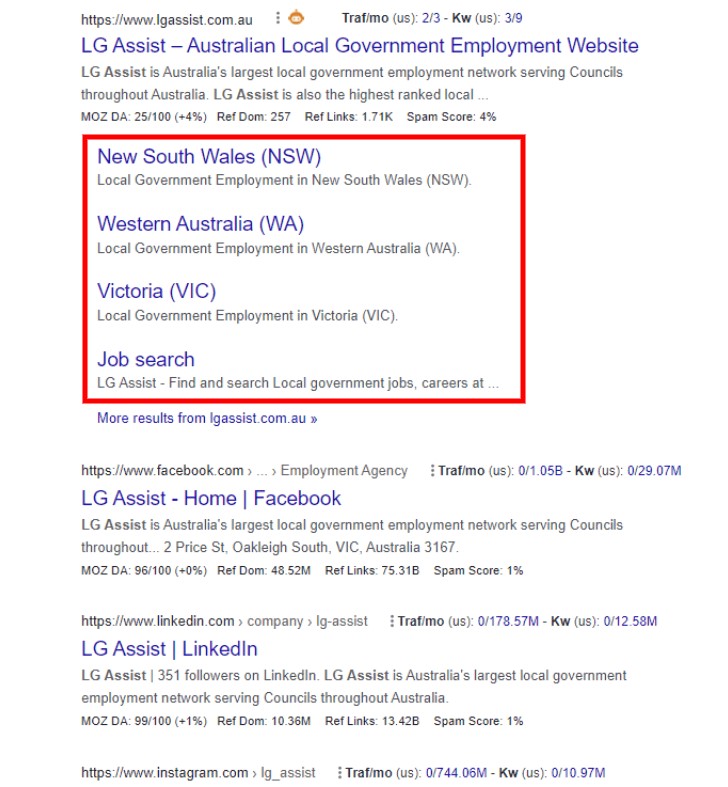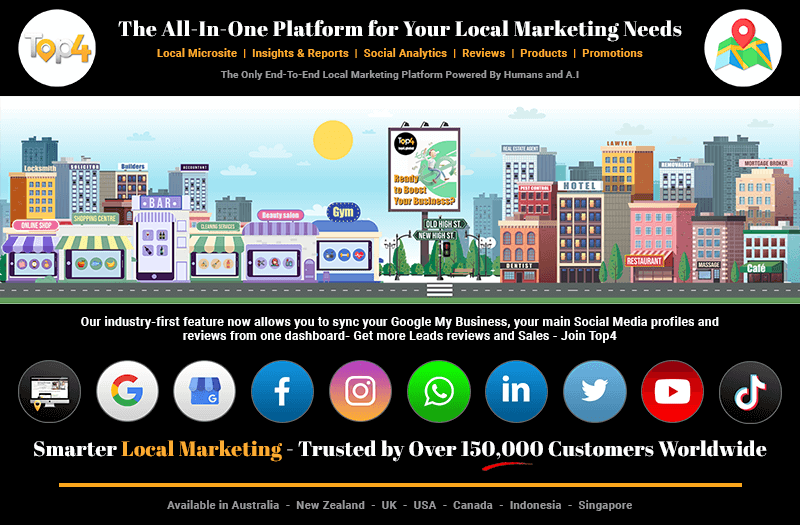There may be no other kind of business that is more primed for search engine optimisations than ecommerce businesses. Consider this: in addition to doing SEO, a local law firm can buy ad space in a regional newspaper or put up a billboard. But for ecommerce businesses, there is one resource available to them, i.e. the internet.
Internet is where you do your whole business in order to reach customers. Getting your SEO right is what ecommerce companies should prioritise. To do so, optimising your ecommerce site to appear in Google’s various SERP features is the best way to start.

You can go through many ways to tell users about your business just from the SERP even before they reach your website. The information you provide could make difference between capturing your ideal traffic and losing them to competition.
As a result, you have to optimise your website specifically for the SERP features that drive conversions in order to present yourself in the best light to all possible clients searching for your products
Now the question remains: how do you do it? Our web experts have lined up the Top4 Google SERP features that are vital when optimising your ecommerce business’ SEO.
1. Rich cards
A mobile SERP feature, rich cards were first introduced by Google in 2016. You can make business results “richer” by leveraging structured data. By richer, we mean more visually appealing and clickable, thereby more likely to generate an organic click.
If users look for a certain type of product, results with the proper language tell Google to show that product along with an image that can help users know if they want to explore more. If they do, similar products can be seen when they swipe the screen.
Even though it was introduced back in 2016, mobile search results are even more relevant today. In the first quarter of 2021, for example, at least 55 percent of internet traffic worldwide came from mobile devices. And that number is only going to increase!
So how do you optimise your ecommerce products for rich cards?
You need firstly mark them up correctly through JSON LD. You can then test them using various free tools out there like Schema Markup Validator or Google Rich Results Test.
2. Google Images results
The need for ecommerce businesses to optimise their content for Google Images results is somewhat related to rich cards. Relevant images will appear before organic results at the top of a SERP.
Good product descriptions obviously help with SEO performance. But try not to overcomplicate it: high-quality images of your products will help your credibility along and thereby drive conversion.
However, you need to prepare your images on the back end. It is because Google doesn’t read images like it reads text. So how can you optimise for Google Images results?
Firstly, give your original photos with descriptive file names that tie into the pages where they will be placed. If you have a series of photos for each of your ecommerce products, give the images files titles that represent the products with words separated by hyphens.
Here’s an example: unisex-sneakers-blue-brandname-yoursitename
Remember to provide descriptive alt text to each image in case it can’t load and be seen.
Lastly, don’t upload image files that are huge in size that will weigh down your website. Compress them down as small as you can to give your site enough breathing room while still ensuring the images show what you need them to show.
3. Rich snippets
Maybe now you might be asking: what are the differences between rich cards and rich snippets?
When it comes to ecommerce products, rich cards will stop you at the images. You can choose to go a step further for relevant products by optimising for rich snippets.
Rich snippets provide additional information about your products. These appear within your search results, beneath the meta title and above the meta description.

You’ll use structured data just like you did for rich cards to get rich snippets on your product results. The information you choose should be based on what specifically can grab your potential customers’ attention and satisfy their search queries.
For ecommerce businesses, it makes the most sense to optimise your rich-snippet products for prices, in-stock status, sales, different brands, customer reviews and star ratings.
Consider each of these features. Doesn’t it make sense that a customer searching for this type of product would want to see this information from your online store?
Rich snippets are one great way of reaching users with extra information without the need for the users actually to click on your result. You’re taking the most concentrated bits of data about your product offerings and jumping right out onto the SERPs at the user.
The whole thing about optimising for rich snippets is going for the extra miles. But if your competitors are doing it, who do you think stands the better chance of getting a click and making a sale?
It’s plain and simple: rich snippets are ecommerce SEO best practices.
4. Sitelinks
Sitelinks are not a SERP feature you can just click on and off, like alt text or structured data. Instead, they are the clickable buttons below your result’s metadata on a SERP. They usually offer users opportunities to navigate directly to specific sections of your website.

In the case of ecommerce, the most logical sitelinks you would want to get listed in your result would be for your most popular product categories.
However, the sitelinks are chosen by Google’s algorithm. That doesn’t mean you can’t influence which sitelinks Google places there. It is because Google links in your results are based primarily on your site’s navigation.
Our web experts always recommend having a direct and easy-to-navigate website structure. It helps the user experience, supports navigation and prompts Google to crawl your pages.
Other things that help Google crawl your site include keyword-optimised content, smart internal linking and simple, intuitive menus.
It is through these elements that you stand your best chance of defining what your SERP sitelinks will be. When you tell Google which pages are most important to you and your customers, the search engine will respond in kind by generating helpful sitelinks.
This is another example of letting your SEO jump directly to a user’s SERP without them needing to do anything.
And with the highly-competitive market, that really matters.
Start optimising your ecommerce SEO today!
Today’s digital landscape makes business competition more fierce than ever. It doesn’t matter if you’re a local shop or an international e-commerce brand, someone is always competing against you.
While SEO doesn’t guarantee customers buying your products, you already put yourselves on the best possible footing when you take the above steps to optimise your eCommerce websites for the SERP features.
If you’re not optimising your website for search engines like Google, you might be missing out on potential customers. Optimising your site will help your site rank better in search engine results pages (SERPs). However, with your full-time job as a business owner, you may find that optimising your website is difficult, especially if you’re not technically savvy. Why not reach out to our web experts for help?
Top4 Marketing is a leading SEO services agency based in Sydney, Australia and Indonesia. We know the ins and outs of search engine optimisation since we’ve been doing it for over two decades. Top4 Marketing offers you e-commerce SEO services that are customised to your business industry. We also offer digital marketing strategies that include strategic planning as well as social media management.
To find out how we can help you with your Website + Marketing, using our unique location marketing platform called Top4, get in touch today at www.top4marketing.com

Looking to build customer loyalty through social media? Don’t forget to add your business to Top4.com.au
List your business, create your own digital store to sell goods and services, and share posts on social media. Promote your business on Google instantly! Should you need help with local digital marketing then view our new Google Marketing Platform and services Top4 Marketing
Get Found On Google Promote Your Website, Reach local customers today!
Our Digital Marketing Agency Services Across All Industries Include Search Engine Optimisation (SEO), Google Marketing, Website Design, Corporate Web Development, and local location-based marketing using our own Google Marketing Platform!
Engage A Social Media Agency For Only 1/3 The Cost Of Employing A Social Media Manager…LET’S TALK!




